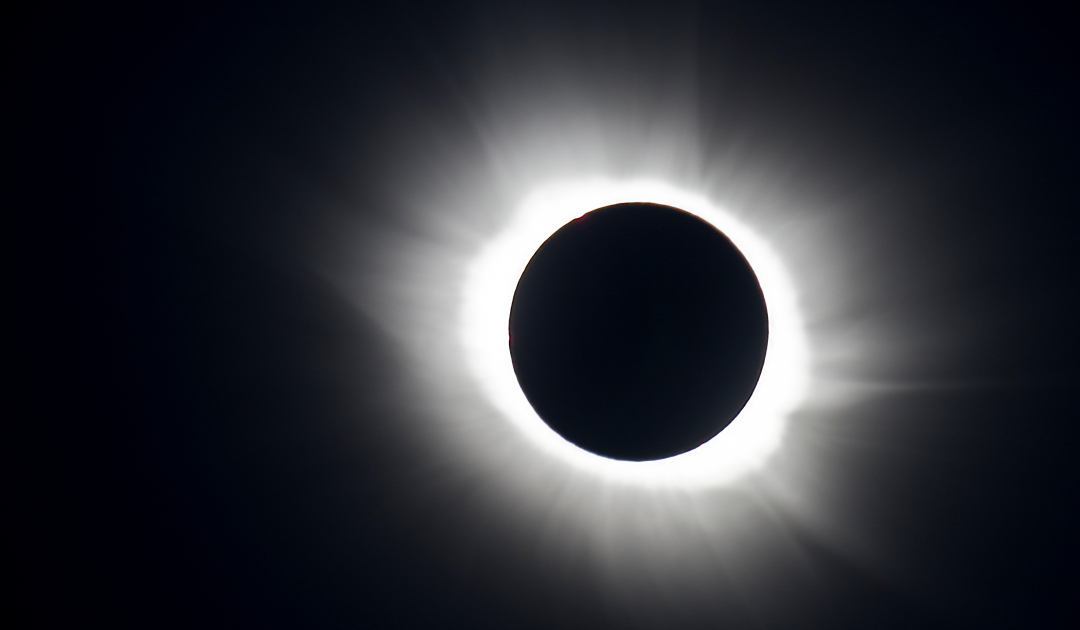
A solar eclipse is always a great natural spectacle. When the moon pushes between the sun and the earth, blocking the light, it seems that the world also stops for a moment. Formerly feared as an omen, it nowadays attracts numerous observers. Another solar eclipse is due today and will be visible across much of the Northern Hemisphere and especially the Arctic.
One hundred percent of the eclipse will be visible in an orbit between the Canadian Arctic regions of Nunavut/Nunavik, Northwest Greenland, the North Pole and the Russian New Siberian Islands / Sakha. But also in large parts of the northern hemisphere the spectacle can be observed at least partially. Of course, the intensity decreases the further south you go. The event starts in Central Europe already at 10:12 CET (Switzerland: approx. 11:30).

The solar eclipse is an annual eclipse. This means that the Moon does not completely block the Sun because it is not at the closest point in its orbit around the Earth. Rather, a ring will form around the moon, called a ring of fire or annulus. And like every time, experts warn against looking directly at the sun, especially with cameras and/or binoculars. Specific glasses and optical devices are the best way to observe the natural spectacle.

The next total solar eclipse will again be observed this year. On December 4, 2021, the moon will move completely in front of the sun. But this spectacle will be seen in the southern hemisphere, in Antarctica. Numerous ship operators have long been offering trips to witness this natural spectacle in a unique environment.
Dr Michael Wenger, PolarJournal
Link to determine the exact time: Time and Date.com
More about the offers for the solar eclipse in Antarctica





